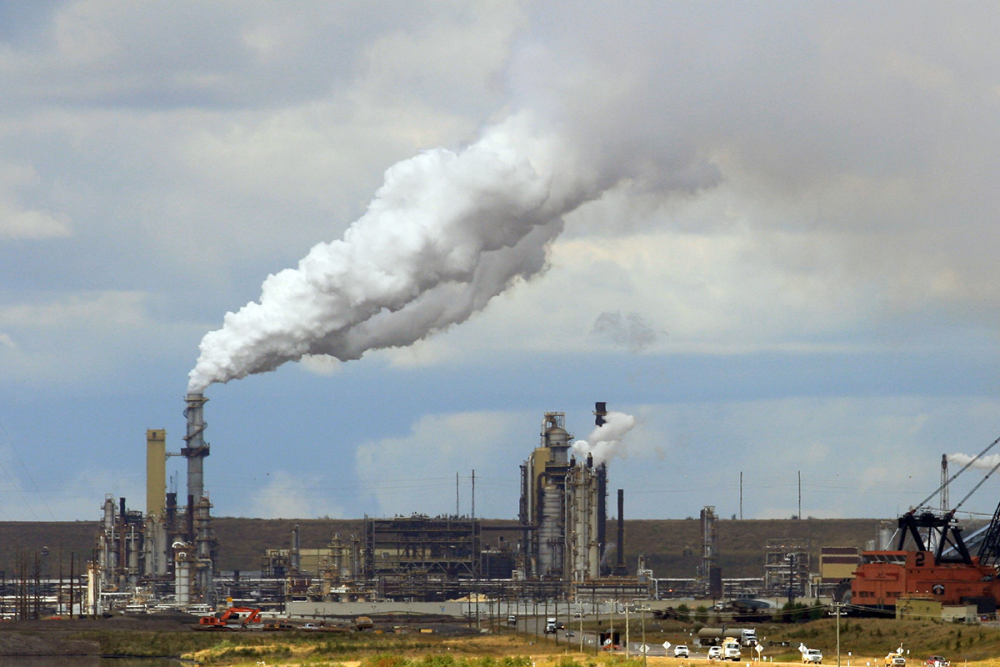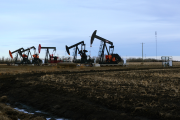It’s time to clear the air. There are two different plans for reducing emissions from the oil and gas sector. There is Canada’s plan, finally announced Thursday by Environment Minister Steven Guilbeault at COP28 in Dubai. This plan is responsible and realistic. You can tell the feds have done their homework.
Then there is the Alberta approach, released in April, which includes no firm commitment to reduce emissions. The contrast is stark. The federal framework puts the Alberta plan to shame.
Let’s start with the federal announcement. Under the regulatory framework, Canada’s proposed target requires that covered sources in the oil and gas sector reduce emissions from 171 megatonnes a year, which is what they were in 2019, to between 106 and 112 megatonnes by 2030. It permits companies to defer some direct reductions by buying offsets and allows them to pay into a fund as an alternative to reducing emissions.
Are these plans realistic? Absolutely.
Proposed measures could meet the cap
The Pathways Alliance, the coalition of oilsands companies, has proposed a carbon capture and storage (CCS) project that aims to capture 22 megatonnes of carbon per year by 2030. Draft methane regulations announced earlier this week propose to reduce the equivalent of 17 megatonnes of carbon in 2030. Combined with the extra 25 megatonnes of compliance flexibilities, these measures are sufficient to meet the federal government’s emissions cap.
The electrification of major combustion sources and the application of CCS outside the oilsands would result in many more megatonnes of reduction from the upstream oil and gas sector.
The federal emissions cap is also responsible. It’s the right thing to do. Canada’s oil and gas sector must finally reduce emissions. It has been two years since COP26 in Glasgow, when Prime Minister Justin Trudeau made a commitment to cut emissions from Canada’s most polluting sector. This week’s announcement makes good on that promise – and it couldn’t come at a better time.
What has Alberta been doing?
Let’s now consider Alberta’s approach, the Alberta Emissions Reduction and Energy Development Plan. It states: “Alberta will explore reducing the provincial legislated oilsands emission limit and implementing regulations that align with the Pathways Alliance targets to reduce net emissions in the sector for 2030, 2040 and to achieve carbon neutral emissions by 2050.”
Taking Alberta’s plan at face value, it seems to have the right motivations behind it. But what have they done to advance this since April? Apparently nothing.
The federal government took an important step today to reduce the overall emissions from oil and gas production, and the level of the cap will need to decline steeply after 2030 in order to achieve net-zero emissions by 2050. Finally addressing oil and gas emissions plugs a major gap in Canada’s emissions reduction plan and addresses a competitive weakness of Canada’s high-carbon oil.
To be clear, the net-zero plans of the Pathways Alliance are a step in the right direction, and so is the federal tax credit for CCS, which should incentivize companies to invest more in this technology.
But it needs to be said: Oilsands companies will not voluntarily reduce emissions. It must be a regulatory requirement, a cost of doing business. Thanks to the announcement made at COP28 this week, those rules are closer than ever to being in place.







